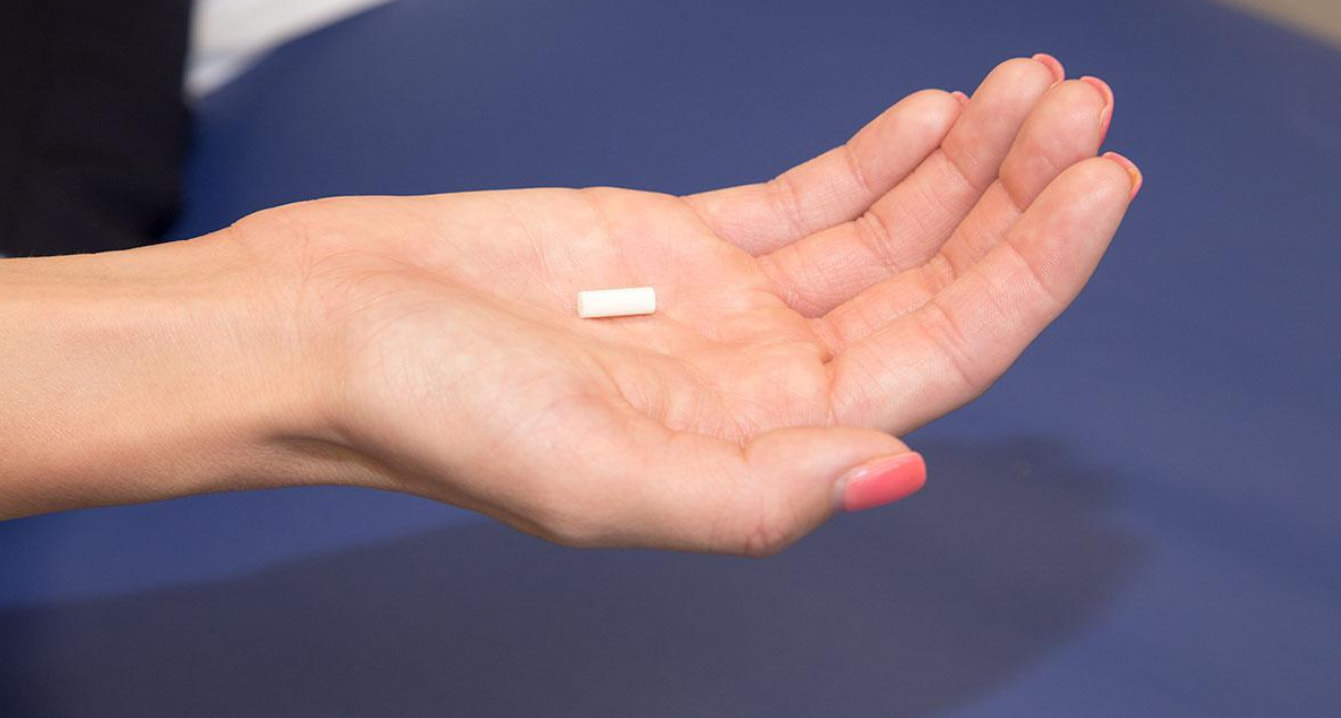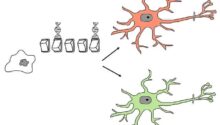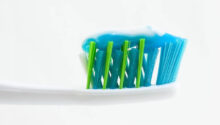If you’ve been struggling with hormonal imbalances, you’re not alone. Whether it’s menopause, low testosterone, or general mood swings throwing you off, hormones play a massive role in how we feel every day.
Hormone replacement therapy (HRT) offers many options, from creams and pills to injections. But today, we’re diving into one specific method: hormone pellets.
Hormone pellets have been gaining popularity due to their low-maintenance nature and long-lasting effects. But are they right for you? Let’s break it down with the pros and cons so you can make the best decision for your health and lifestyle.

What Are Hormone Pellets?
Think of hormone pellets as tiny powerhouses for your body. They’re about the size of a grain of rice and packed with a customized dose of hormones like testosterone or estrogen.
Here’s how they work: a healthcare provider inserts these pellets under your skin (usually around your hip area). Once they’re in place, the pellets slowly release hormones into your bloodstream over several months.
This steady release is great for keeping your hormone levels balanced without the rollercoaster effect that some other treatments can cause.
Who Are They For?
Hormone pellets can be a game-changer for both men and women dealing with hormonal imbalances.
- For men, they’re often used to address low testosterone levels. Symptoms like low libido, fatigue, weight gain, and mood changes can dramatically affect quality of life, and hormone pellets can help turn things around.
- For women, they’re commonly recommended during menopause to tackle hot flashes, night sweats, mood swings, and other pesky symptoms.
If you’ve been searching for a low-maintenance solution to feel more like yourself again, hormone pellets might be worth considering.
The Pros of Hormone Pellets
Let’s talk about why so many people are opting for hormone pellets.
1. Long-Lasting Relief
One of the best things about hormone pellets is how long they last. Unlike creams or pills that you have to remember every day, pellets work for months at a time.
- Women usually need a new pellet every 3–5 months.
- Men can go 4–6 months between treatments.
That’s a big win for anyone with a busy schedule or a tendency to forget medication.
2. Consistent Hormone Levels
Fluctuating hormone levels can be disruptive and unpleasant. Hormone pellets provide a steady, consistent dose of hormones, which can help prevent mood swings and other symptoms that come from fluctuating levels.
This is especially helpful for women going through menopause or anyone who’s struggled with other HRT methods that felt like a rollercoaster ride.
3. Customized Just for You
Before getting hormone pellets, your provider will run a blood test to figure out exactly what you need. This means the dosage is tailored to your body, targeting your specific symptoms for maximum relief.
4. Minimal Maintenance
Once the pellets are in, you’re good to go. No daily pills to swallow, no messy creams to apply, and no regular appointments for injections. It’s a set-it-and-forget-it approach that’s perfect for anyone who wants less hassle.
5. Symptom Relief
At the end of the day, the main goal of hormone therapy is to feel better. And for many people, hormone pellets deliver. Men often see improvements in energy levels, libido, and muscle mass, while women report fewer hot flashes, better sleep, and more stable moods.

The Cons of Hormone Pellets
Of course, no treatment is perfect. Here are some downsides to keep in mind.
1. It’s a Surgical Procedure
Inserting hormone pellets requires a small incision, which means it’s a minor surgical procedure. While it’s quick and generally safe, there’s always a risk of infection, bruising, or discomfort. You’ll also need a few days to recover, so plan accordingly.
2. Irreversible Until They Dissolve
Once the pellets are in, they’re in. Unlike pills or patches that you can stop immediately, you’ll need to wait for the pellets to dissolve naturally over several months if something doesn’t feel right.
3. Limited Flexibility
Because pellets release hormones at a steady rate, adjusting the dosage isn’t easy. If your initial dose isn’t quite right, you’ll have to wait until your next procedure to make changes.
4. Cost
A significant downside is the cost of hormone pellets. Women typically pay around $1,200 per treatment, while men spend closer to $1,800. Multiply that by 2–4 treatments a year, and it adds up fast. Some insurance plans might cover the cost, so it’s worth checking with your provider.
5. Possible Side Effects
Like any treatment, hormone pellets come with potential side effects. Some people experience a temporary increase in symptoms after the procedure, while others may notice new issues cropping up. It can take time and a few adjustments to find the right balance.
| Advantages |
Disadvantages |
|---|---|
| Long-lasting relief (3–6 months) | Requires minor surgical procedure |
| Steady hormone levels, reducing mood swings | Irreversible until the pellets dissolve |
| Minimal maintenance—no daily pills or creams | Limited flexibility in adjusting dosage |
| Customized dosage based on individual needs | High cost ($1,200–$1,800 per treatment) |
| Potential for improved energy, mood, and libido | Possible side effects and adjustment period |
Is Hormone Pellet Therapy Right for You?
The big question: should you try hormone pellets?
If you’re looking for a low-maintenance, long-lasting solution and don’t mind the initial procedure, they could be a fantastic option. They’re especially helpful if you’ve struggled with remembering daily medications or dislike the ups and downs of other hormone therapies.
That said, they’re not for everyone. If you’re on a tight budget, prefer flexible dosing, or want to avoid surgery, you might want to explore other HRT options like creams or injections.
Final Thoughts: Weighing the Pros and Cons
Hormone pellets offer a lot of benefits, from convenience and consistency to personalized symptom relief. But the cost, procedure, and lack of flexibility are important factors to think about.
If you’re considering hormone pellets, start by talking to a healthcare provider who specializes in HRT. They can help you weigh the pros and cons and decide if this treatment fits your needs and lifestyle.
Ultimately, the best hormone therapy is the one that works for you. Whether it’s pellets, patches, or pills, finding balance is what matters most.





